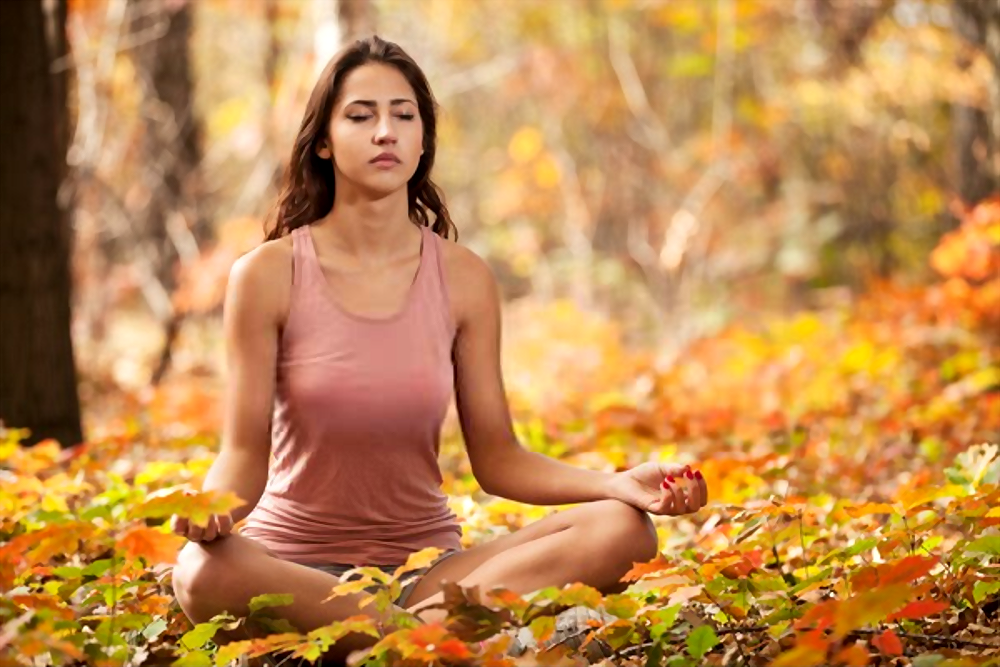Natural breathing is a no brainer, it is just inhalation and exhalation but Pranayama includes something more. Pranayama is a breathing exercise where you learn to control your breath and master the pauses after inhalation and exhalation. There are many pranayamas and numerous benefits in practicing them, but they are all centered around 4 basic breathing acts.
If you are a beginner, read on to learn what these 4 basic acts are and the benefits of mastering them.
The ‘4’ breathing patterns in pranayama are;
Puraka - inhalation.
Kumbhaka - retention of breath after inhalation.
Rechaka - exhalation.
Sunyaka - suspension of breath after exhalation and before the next inhalation.
Puraka
Puraka in Sanskrit means inhalation which should be carried out in a smooth and continuous manner.
How to perform?
Sit in a comfortable position on a mat or blanket with your eyes
Keep your spine erect and your chest wide open.
Now exhale sharply, After this inhale slowly and continuously till your lungs fill completely with air without any strain.
Once you feel the strain exhale normally; this strain marks your maximum lung capacity
Start with two rounds and slowly practice up to 10 rounds
Keep in mind that Puraka is a slow and controlled act, which must be consistent throughout your practice. This technique helps in strengthening the lungs by forcing air to fill up all the air sacs (alveoli) in the lungs and it also allows fresh air to reach all the cells of your body.
Precautions:
Puraka must not be practised by pregnant women and patients with other health problems.
Pranayama: More Than Just Breathing
Kumbhaka
Kumbhaka translates to pot or vessel, and in this technique, your lungs serve as a pot holding the air for some amount of time. Kumbhaka always follows Puraka.
How to perform?
Sit in a comfortable position on a mat or blanket with your eyes
Keep your spine erect and chest wide open
Exhale sharply for 2 counts
Inhale completely for 4 counts (the counts could be more according to your lung capacity)
Hold your breath for twice as long; for 4 counts of inhalation, you would hold your breath for 8
Be careful while practicing this technique, Once you start experiencing a strain release your breath and breathe normally. Practicing Kumbhaka regularly will provide you with a boost of energy and improve blood circulation.
Precautions:
If you are pregnant or have other medical concerns avoid practicing this technique. Kumbhaka is also not advisable for children below the age of 12.
There are 4 types of Kumbhaka pranayama, out of which 2 are more commonly practiced
Antara kumbhaka: “Antra” which means inner involves holding or retaining breath after prolonged inhalation as explained above.
Bahya kumbhaka: “Bahya” which means outer involves complete cessation of breath after exhalation.
Sahit kumbhaka: Is the holding of breath either in inhalation or exhalation, or even both. This is practiced by advanced yogis.
Kevali kumbhaka: Is the spontaneous cessation of breathing also practiced by advanced yogis in the highest stage of meditation (samadi).
Rechaka
Rechaka in Sanskrit means exhalation, this practice of prolonged exhalation follows Puraka and Kumbhaka.
How to perform?
Sit in a comfortable position on a mat or blanket with your eyes
Keep your spine erect and your chest wide open.
Start by inhaling for 2 counts and then holding your breath for 4
Now exhale in a slow and controlled manner over 8
Rechaka almost, always should take more time as compared to Puraka because the lungs are to be completely emptied. This technique promotes respiratory health. Since slow exhalation requires the help of the brain, this technique stimulates the brain.
Precautions:
Rechaka must not be practiced by pregnant women, children under the age of 12, or those with other health conditions.
Sunyaka
Sunyaka also known as Bahya Kumbhaka involves suspension of breath after prolonged exhalation. This act follows Rechaka and is much harder to master for beginners as it involves holding the breath with no air in the lungs; it is also known as vacuum breathing.
How to perform?
Sit in a comfortable position on a mat or blanket with your eyes
Keep your spine erect and your chest wide open.
Inhale for 2 counts, exhale for 4 counts (exhale completely by pushing your stomach inside).
Suspend your breath for 5
After this inhale slowly and smoothly.
Stop holding your breath if you experience any strain and start breathing normally. This technique not only strengthens the diaphragm but also the abdominal muscles and since the carbon dioxide is completely expelled, it assists the natural cleansing of the body.
Precautions:
Sunyaka must not be practiced until you have mastered the first three acts. It should also not be performed by pregnant women, children under the age of 12, or those with other health conditions.






